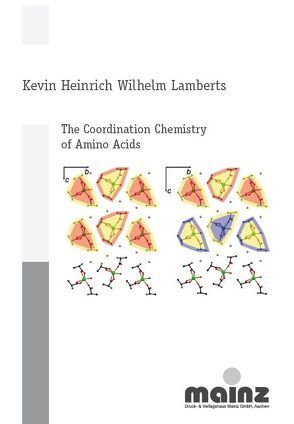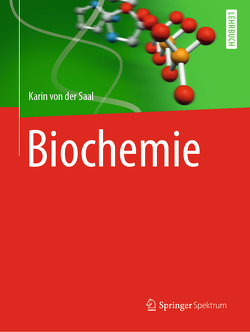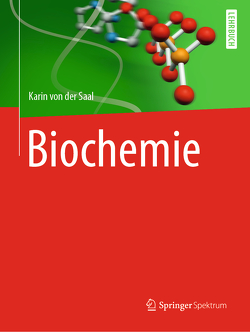The Coordination Chemistry of Amino Acids
Kevin Heinrich Wilhelm Lamberts
Amino acids are simple organic molecules that are readily available due to their importance in a plethora of research fields. They are a cornerstone for life as we know it and, hence, attracted many scientists to perform research in the context of biology, chemistry, physics and medicine. As their name implies, amino acids feature at least one amino group close to a carboxylic acid connected by hydrocarbon chains. Therefore, they may react as base or acid and are generally quite polar. Glycine is the simplest amino acid, only connecting the amino group and carboxylic acid by one CH2 unit. However, an infinite number of different amino acids is conceivable. Although it is assumed that over 500 amino acids occur in nature, most proteins and living cells are built from only 20 different, essential amino acids.






















